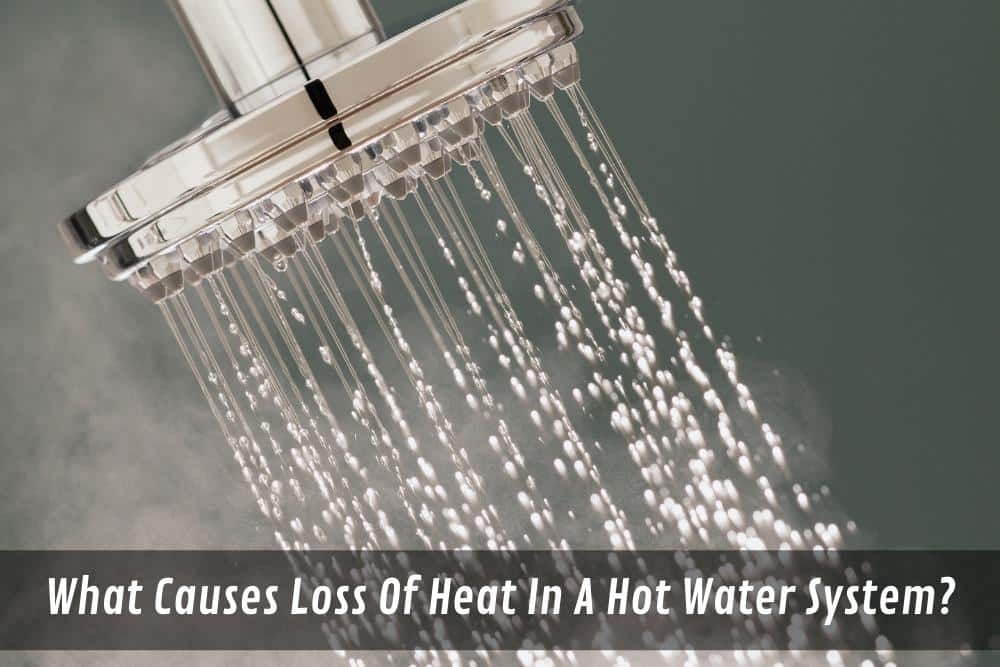Nobody likes a cold shower, and there’s no fun in a hot water system not heating. Unfortunately, loss of heat in your hot water system is an all too common occurrence. If you’re having issues with your hot water, it’s important to keep in mind that regular maintenance is key to keeping the system running efficiently and avoiding costly repairs.
What factors cause the failure of hot water systems that are not heating?
When it comes to maintaining your hot water system, prevention is key. Regularly inspecting your hot water system and making sure that everything is working properly can help you avoid major issues down the line.
-
Cold water supply
Access to a reliable supply of cold water is necessary for any household, despite it being overlooked at times. Without a reliable source of cold water, life can be difficult when it comes to completing everyday tasks like cooking, cleaning and bathing. Maintaining a clean and fresh supply of cold water is crucial for you and your family. Regular maintenance and inspections can detect potential issues early, leading to prompt repairs. You should also be able to tell the signs that a water heater needs replacing.
-
Leaks in the system
Leaks in the hot water system can be a major cause of heat loss. Leaks can occur at any point in the system, from the water heater to the pipes, valves or fixtures. These leaks may not be immediately visible but can lead to significant energy and cost losses over time. To prevent these types of problems, a regular maintenance routine should include checking for signs of leakage such as wet spots on walls or floors, dripping faucets and other obvious signs of water damage.
-
Poorly insulated hot water pipes
In extreme cases, this could result in scalding if the water leaves the tap too hot. Insulation of your hot water pipes helps to keep the temperature regulated, preventing energy wastage, and ensuring you get the most out of your hot water system. Not only does this save you money on energy bills, but it also increases safety for all users of the system. If the hot water pipe insulation in your home is poor, consider replacing them with approved insulation material as soon as possible to ensure that your system is both safe and efficient.
-
Faulty heating elements
Faulty heating elements can not only reduce the efficiency of your system but can also lead to costly repairs and energy wastage. If you notice that your hot water system is not working properly or that your hot water isn’t coming out as hot as it used to, it could be an indication that one or more of the heating elements in your system has gone bad.
-
Malfunctioning tempering valves
If left unchecked, a faulty tempering valve can lead to dangerously hot water temperatures which could result in serious injury or even death. As such, it is important to ensure that your tempering valve is functioning properly and up to date with safety standards. Luckily, you can test the performance of your tempering valve on an annual basis with simple DIY tools, or you can have it professionally inspected by a qualified technician.
-
Condensation on the tank surface
When condensation builds up, it could mean that your tank is not insulated properly or that there are air leaks somewhere in the system. If left untreated, these issues can lead to further heat loss and increased energy costs. To prevent this from happening, make sure your tank is adequately insulated and seal any potential air leaks with caulking or insulation foam. Additionally, you can install a dehumidifier in the area where your hot water system is located to reduce moisture levels and help keep condensation from forming on the tank surface.
-
Pressure relief valve issues
Unfortunately, many people neglect this critical step and end up experiencing heat loss due to a faulty or damaged valve. Pressure relief valves are designed to provide safety by releasing excess pressure before they can cause damage or injury, but if they become blocked or clogged, they will be unable to function properly. This can lead to heat being lost from your system as the hot water can’t escape through the valve and will instead be pushed back into the tank.
-
Lack of maintenance/cleaning
Without regular maintenance, the components of your system can become clogged and worn, resulting in poor performance and a decrease in heat output. Not only does this lead to cold showers and an increase in energy bills, but it can also cause permanent damage to your system. To ensure that your hot water system remains in tip-top condition, it is important to perform routine maintenance such as flushing out the tank and replacing any parts that have become worn or damaged.
What are the ways to diagnose a hot water system that is not heating?
It’s essential to have a functioning hot water system in your home, and diagnosing heat loss issues is key to keeping it running efficiently. Heat loss can be caused by a variety of problems, including poor insulation, leaky pipes, and malfunctioning parts. Fortunately, diagnosing these issues doesn’t have to be difficult or expensive.
-
Checking for leaks
It’s easy to overlook the importance of checking for leaks in your hot water system, but it can save you from major issues down the road. Leaks can cause heat loss and put a strain on your system, leading to costly repairs or replacements. Fortunately, there are a few simple steps you can take to detect any potential leaks in your hot water system.
Start by looking closely at the tank and pipes for any signs of corrosion or rust. If you find anything suspicious, contact a professional right away. You should also check the temperature of the pipes around the tank and look for any cold spots that could signal an air leak. Finally, use an infrared thermometer to scan for any hidden water leaks behind walls or under floors.
-
Measuring water pressure and temperature
Water that’s too hot or under-pressurised can lead to costly repairs and energy waste, while higher pressure and lower temperatures mean you get reliable hot water with less strain on your system. To ensure optimal performance, it’s important to measure both the pressure and temperature of your hot water system regularly.
To accurately measure pressure, use a manometer or a pressure gauge to take readings from several points in the system. It’s also a good idea to install a pressure-relief valve to protect against any sudden changes in pressure. For temperature readings, use an accurate thermometer to make sure the water isn’t getting too hot or cold.
How to fix a hot water system that is not heating?
Here are the steps to fix a hot water system that is not heating:
-
Inspect the power supply
Make sure the hot water system is receiving power and that the circuit breaker has not tripped.
-
Check the thermostat settings
Ensure the thermostat is set correctly and functioning correctly.
-
Inspect for blockages
Blockages in pipes or the heating element can prevent hot water from circulating.
-
Check the heating element
If the heating element is damaged, it may need to be replaced.
-
Call a licenced plumber
If you’re unsure about how to proceed, it’s best to seek the assistance of a professional to avoid causing further damage.
Fortunately, replacing faulty or damaged parts doesn’t have to be difficult or expensive. With some basic tools and a bit of research, you can quickly identify the issue and purchase new components that fit your needs. In addition to increasing efficiency and savings, replacing faulty parts also helps protect against potential damage caused by malfunctioning components. So make sure to regularly inspect your hot water system for any signs of wear and tear – call Sydney Hot Water Systems today to ensure long-term success!


